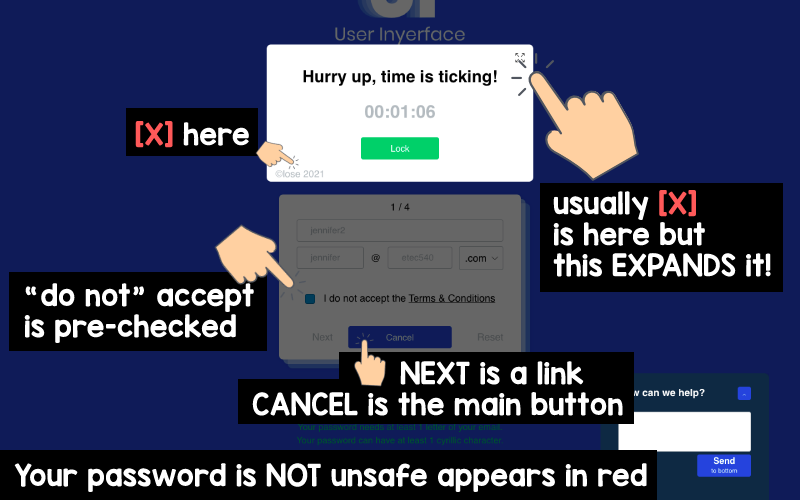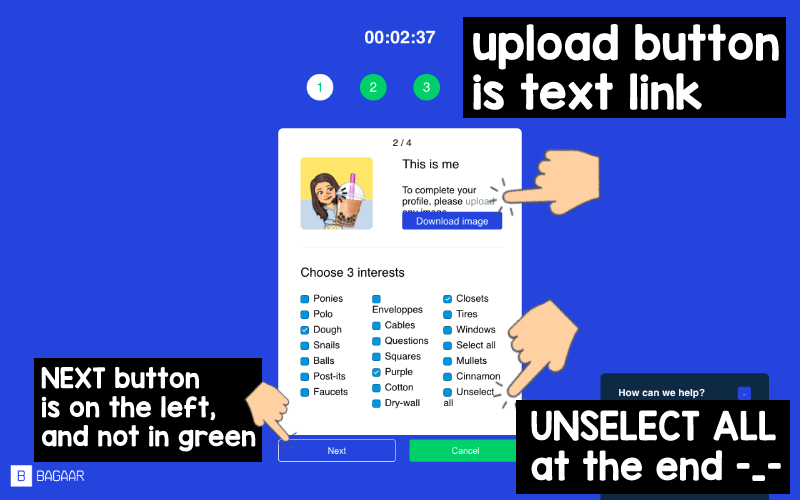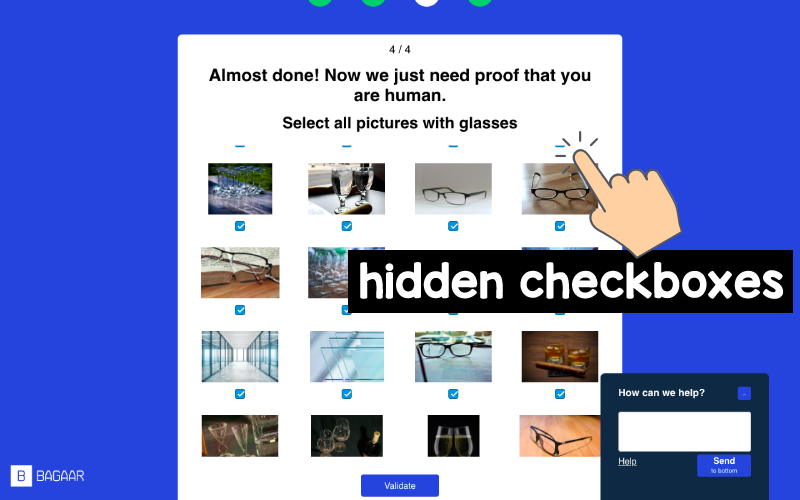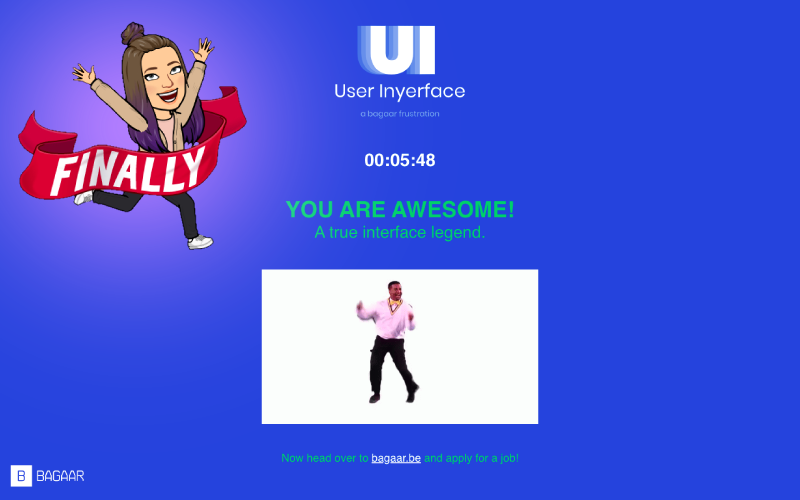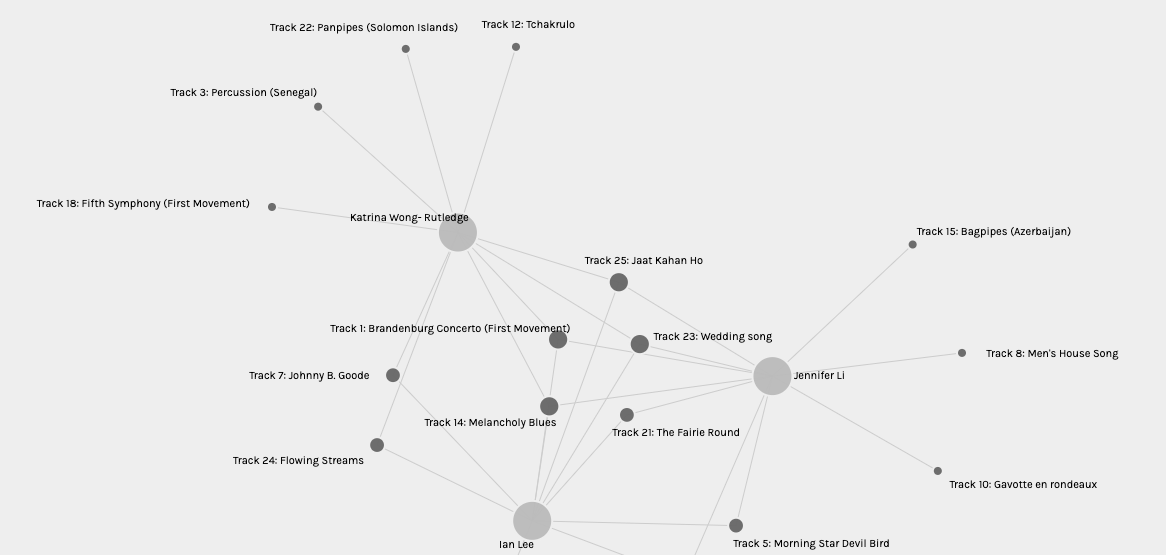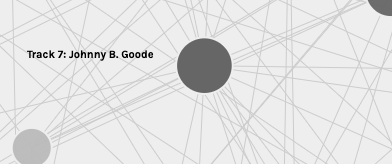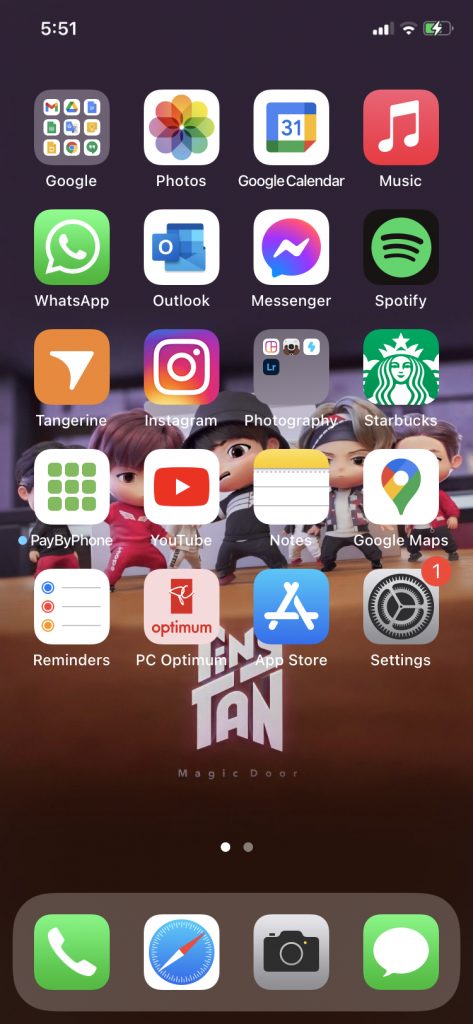Narrative 1: SUB SPECS (click to enlarge)


Narrative 2: How one universal translator technology deepened the divide, a TED Talk Transcript Snippet

Transcript
14 languages
[Begin snippet]
00:05
Chances are, you are watching this TED Talk with your glasses and understanding about 60% of what I’m saying unless you speak fluent Korean. But no, you correct me, they are called SUB SPECS and I actually understand 95% of everything. (Pause) I said what I said, you’re getting about 60% of what I’m saying. Hear me out…and not just with your eyes.
00:58
(Laughter)
1:03
Thirty years ago, we eradicated nearsightedness like it was chicken pox. I can see some of you in the audience going, what’s chicken pox? Lasik eye surgery was as common and accepted as vaccines (Pause) Well, we still have our skeptics who were convinced we were injecting a 6G chip to track them…as if our phones didn’t already do that. I digress. No one wore glasses, no one needed them. There was not single nerd in a classroom wearing glasses. And yet, suddenly we’re clamouring to put these uncomfortable, chunky frames back on our faces.
2:10
Language teachers have been concerned with the reliance students have on their SUB SPECS. Studies have shown that students are less and less likely to retain knowledge of a new language. Ophthalmologists report an alarming rate of vision problems from the overwhelming amount of subtitles that pop-up on the lens. Both children and adults report headaches and doctors are now recommending not to wear SUB SPECS for more than two hours at a time.
2:45
My problem with SUB SPECS isn’t on comfort, but on accessibility and their liberal estimate of how accurate their language translations are. SUB SPECS is not accessible for all yet it is marketed as such. Students can use them! Bring them when you travel! Your elderly can watch any show now! First of all, you’re paying a sum close to the cost of two brand new cellphones which means there’s going to be a chunk of the population who won’t be able to afford these.
3:25
But the haves/have nots divide has always been there. SUB SPECS are not equitable especially if you speak one of the thousands of languages that are not included in their programming. It is unsurprising that only languages that benefit certain cultures receive more funding, more research, and more updates than ones that are from countries that are not as well off.
4:10
Burmese, the Sino-Tibetan language of Myanmar with a population of 54 million, is not even mentioned on SUB SPEC’s coming soon page. Thousands of languages in Africa are unaccounted for. Not using Latin script? Good luck. For a better indicator of whether your SUB SPECS are 95% accurate, look at whether there is a consumer market in your country. Money has always and continues to move faster. SUB SPECS’ languages that use a different alphabet than Latin are always two years behind.
6:00
Are the subtitles popping up fast enough or should I slow down? (Laughter) That is what I meant by 60% accuracy, and this is with my government investing millions of dollars into this technology. We’re trying to keep up but let’s face it. Spoken!Korean-to-Subtitled!English will never be on par with Spoken!French-to-Subtitled!English. The only non Latin script language that comes close to the alleged 95% accuracy is Chinese. I’ll give you three guesses why and the first two don’t count. Again: money.
7:30
Language requires body language and context, something SUB SPECS claims to address with their team of researchers. However, language is also fluid. Have you ever had challenges communicating with someone two generations younger than you? What about one generation? Language translators, including SUB SPECS, simply cannot constantly account for these, not without the help of a powerful AI.
8:55
Hypothetically, there is such an AI that can sweep English nuances by collecting data every single day and synthesizing the information into something useful that the SUB SPECS technology can use. Who’s designing an AI for all the other languages?
9:13
The reality is, you have your rich students with their new cellphones and their stylish SUB SPECS, travelling during their gap year, understanding what the locals are saying. Might I add, that auntie you’re haggling with at the market who you told to stop speaking broken English because you “actually understand her language?” Probably has zero idea of what you’re saying because she can’t afford SUB SPECS, but she’ll power through so that you can have your picture-perfect social media-worthy shaved ice dessert.
9:45
And then you have first generation immigrant parents working shift jobs, these are people who would actually benefit from SUB SPECS but are too busy earning money to feed their family let alone put aside extra funds to save up for a pair.
10:01
A universal translator belongs in fairytales or ancient texts like Star Trek, because realistically, there is no perfect way to translate, not with the seemingly endless combinations of languages this technology would need to perfect in order to be considered ‘universal.’
[End of snippet]
Reflection
The inspiration behind SUB SPECS comes from my own personal experience growing up watching subtitled Korean dramas and anime. I’ve noticed works that did not have their own team of fan-subbers were usually less popular than those that did. Even as I am doing this project, I am waiting for one interview to be finished subbing by a fan. What a dream it would be to just put on glasses and be able to understand anything! In Chapter 5 of Speculative Everything: Design, Fiction, and Social Dreaming, Dunne & Raby (2013) links utopia with a means to keep idealism alive and use it “as somewhere to aim for rather than build” (p. 73). When creating the first speculative narrative, I aimed to create an ideal product that not only would benefit myself, but would bring positive change to society (such as bringing people closer together by removing language barriers, or levelling the playing field for ‘foreign’ works).
I tried to challenge myself by creating the second speculative narrative on my product, trying to tease out the world SUB SPECS lives in. Dunne & Raby (2013) emphasizes that “it is the backdrop that interests us…the values of the society the story takes place in” (p. 75). This most certainly is true as some of my favourite Black Mirror episodes aren’t just the ones with cool futuristic technology but the grim (e.g., Nosedive) or bittersweet (e.g., Be Right Back) stories that support it. It was a mental exercise imagining the people in my hypothetical world who may be using SUB SPECS and the social, cultural, ethical, and political problems that arise out of it.
Speculative fiction is meant to “unsettle the present” (Dunne & Raby, 2013, p. 88). Similar to how internet has made our world “smaller” and brought us closer to people living geographically further away, I felt like SUB SPECS taps into that space as well. Ideally, language becomes more accessible. I intentionally didn’t make the Universal Translator translate spoken language into another spoken language like in Star Trek, so that in this world, the original language can still be heard. I didn’t want to erase the orality of language. However, similar to the unequal distribution of internet access in the least developed and developing parts of the world (and the associated lack of education and lack of job opportunities associated with that), SUB SPECS and language becomes another commodity that only certain people benefit from.
References
BANGTANTV. (2020, October 8). [BANGTAN BOMB] BTS donut time – BTS (방탄소년단) [Video]. YouTube. https://www.youtube.com/watch?v=uBVk19XJsfs
Dunne, A. & Raby, F. (2013). Speculative Everything: Design, Fiction, and Social Dreaming. Cambridge: The MIT Press.
Mieke, S. (Photographer). (2019). Black-framed eyeglasses on grey surface [Digital Image], Retrieved from https://unsplash.com/photos/QUCNHOQoXXc
Morales, J. (Photographer). (2021). Silver framed eyeglasses on white table [Digital Image], Retrieved from https://unsplash.com/photos/Mv7kokwzIMw


